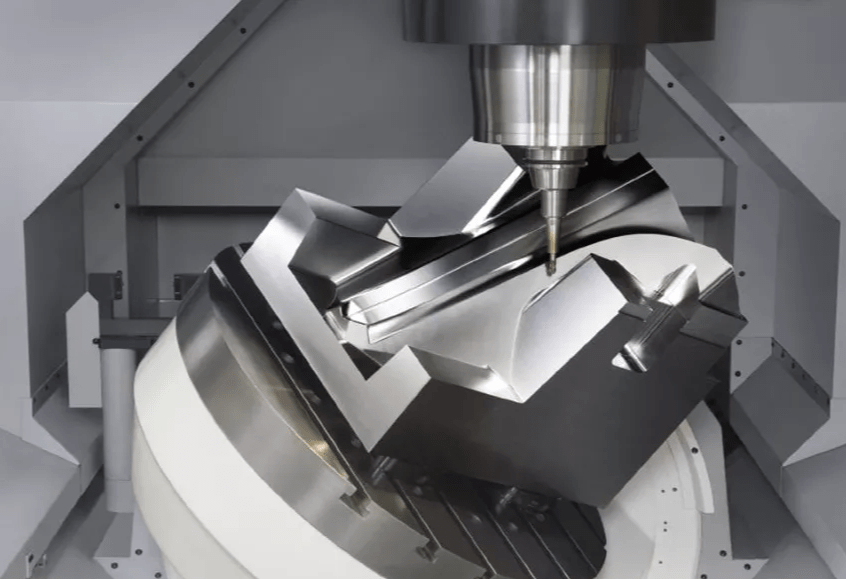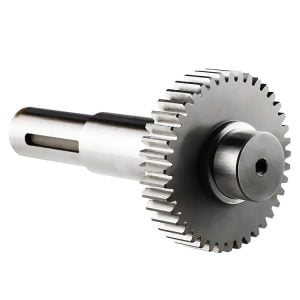CNC milling machines and CNC lathes are two of the most commonly used CNC machines today. When machining, the process of milling and turning looks very similar (i.e. metal removal). However, there is actually a big difference between the two.
Turning means machining on a lathe. The machining principle is that the workpiece is rotated and the tool is fixed. During machining, the blanks or workpieces are first fixed to the rotating spindle with a fixture. As the spindle rotates, a turret containing the tool controls the movement of the tool, thereby removing excess material from the stock or workpiece.
Milling refers to machining on a milling machine. The machining principle is that the tool rotates and the embryo or workpiece is fixed. During machining, the embryo or workpiece is fixed on the machining platform with a fixture, and then the spindle turns the tool, which moves in the directional axis and cuts the embryo or workpiece, which can be formed into various shapes.

The difference between the two
The moving path of tool and workpiece
CNC turning:The workpiece rotates and the turning tool moves along a straight line or curve.
CNC Milling:The milling tool rotates and moves along a straight line or curve.
Processing capacity
CNC lathe:It can be used for drilling, tapping and knurling.
CNC milling:It can process plane (horizontal and vertical), groove (keyway, T-slot, ant-slot), gear, spiral surface (thread, spiral groove) and various surfaces.
Purpose
CNC turning:mainly used for machining internal and external cylindrical surface or conical surface, such as shaft, bushing, sleeve, etc.
CNC Milling:Used for machining flat and irregular surfaces of complex shapes or features, such as grooves, gears, threads and special shaped surfaces of molds.













